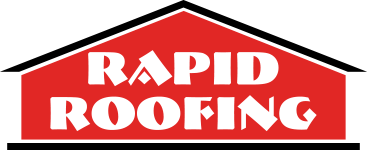Tapered Insulation for Low-Sloped Commercial Roofing Systems
Most commercial buildings with low-slope roofs are prone to leaks. Without proper drainage, water can easily pool on the surface and accelerate the deterioration of the roofing membranes. If you experience this problem on your establishment often, it’s time you consider tapered insulation.
Tapered insulation not only offers the needed R-value and support for commercial roofing systems, but it also helps prolong their service life by mitigating water damage. This sustainable solution provides the needed drainage to avoid standing water and ice buildup as well as fungus growth.
Here are some factors to consider prior to installation:
Building Code Requirements
The most important aspect is the building code requirement. According to the International Building Code, low-slope membrane roofing systems must have at least ¼:12 design slope. If you’re replacing your roof, deviations from that requirement can be acceptable as long as there is proper drainage. This prevents possible water standing issues.
Design Considerations
During the initial design phase, you should also take note of your roofing components, such as the curbs, edges, height limitations of parapet walls and internal and external drain locations. The layout of your insulation should work around these components to make sure that your roof performs well during heavy rains, intense storms and other harsh weather conditions. As your commercial roof repair and replacement expert, we’ll assess your roof’s specifications thoroughly to achieve the perfect fit.
Slope Options
There are different slope options available to keep unwanted water off your roof. These are:
-
Shed Roof Design: This is the traditional layout design, where the roof is tilted from a high point to low point, bringing water to the gutters or the edge of the building.
-
Two-Way Slope: The roof is divided into two sections, which are sloped inward to a drain or outward to the gutters.
-
Three-Way Slope: This involves three slopes leading to the main drainage point. It is commonly used for smaller buildings attached to larger structures.
-
Four-Way Slope: This refers to slopes inverted to create a high roof center, assuring you that water will flow down to the edges of the building. The slopes can also be tilted to a central roof drain.
Trust Rapid Roofing for quality tapered commercial roof installation. Call us now at (734) 234-5900 to request a free estimate. We serve Ann Arbor and nearby communities.




